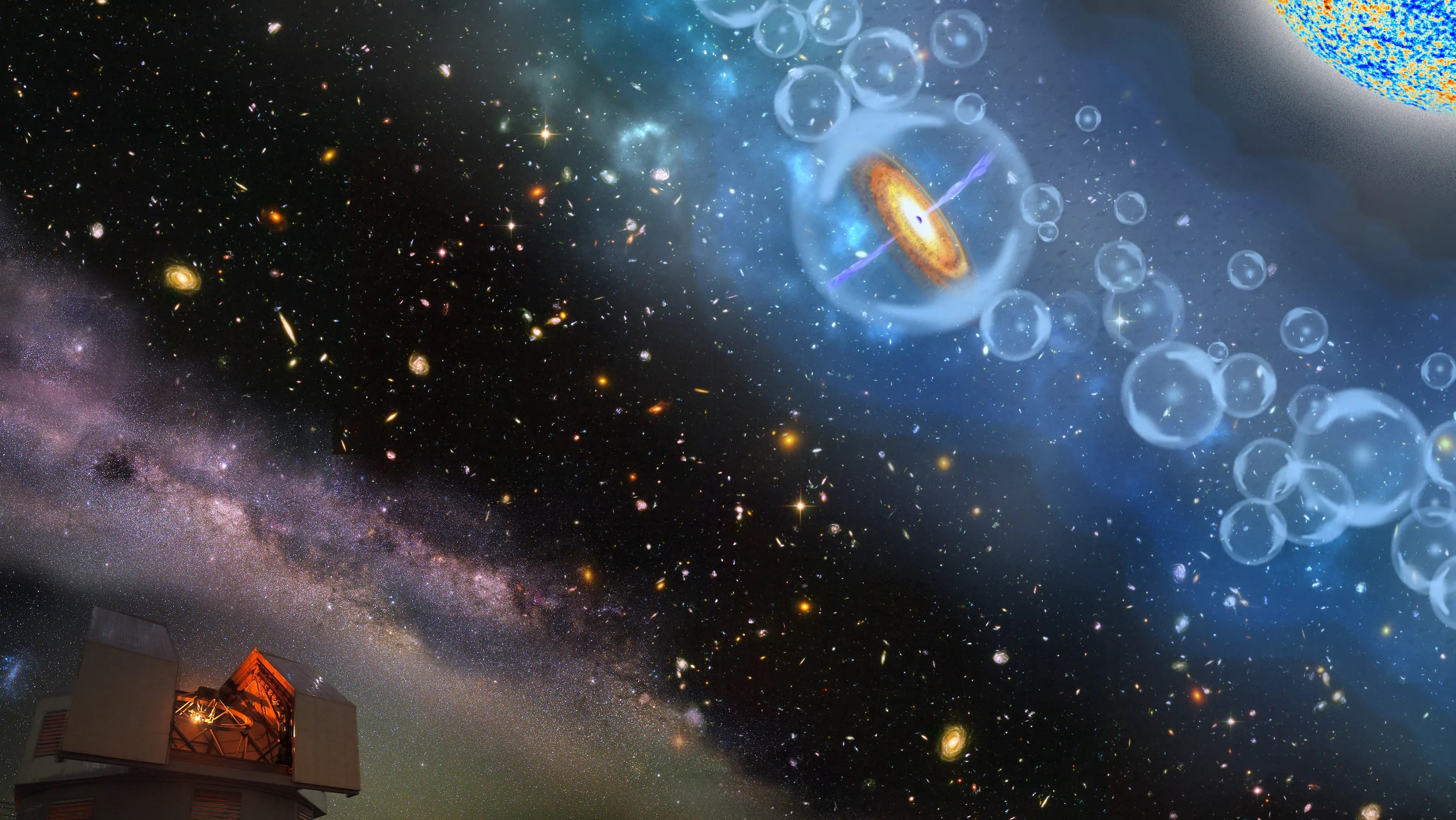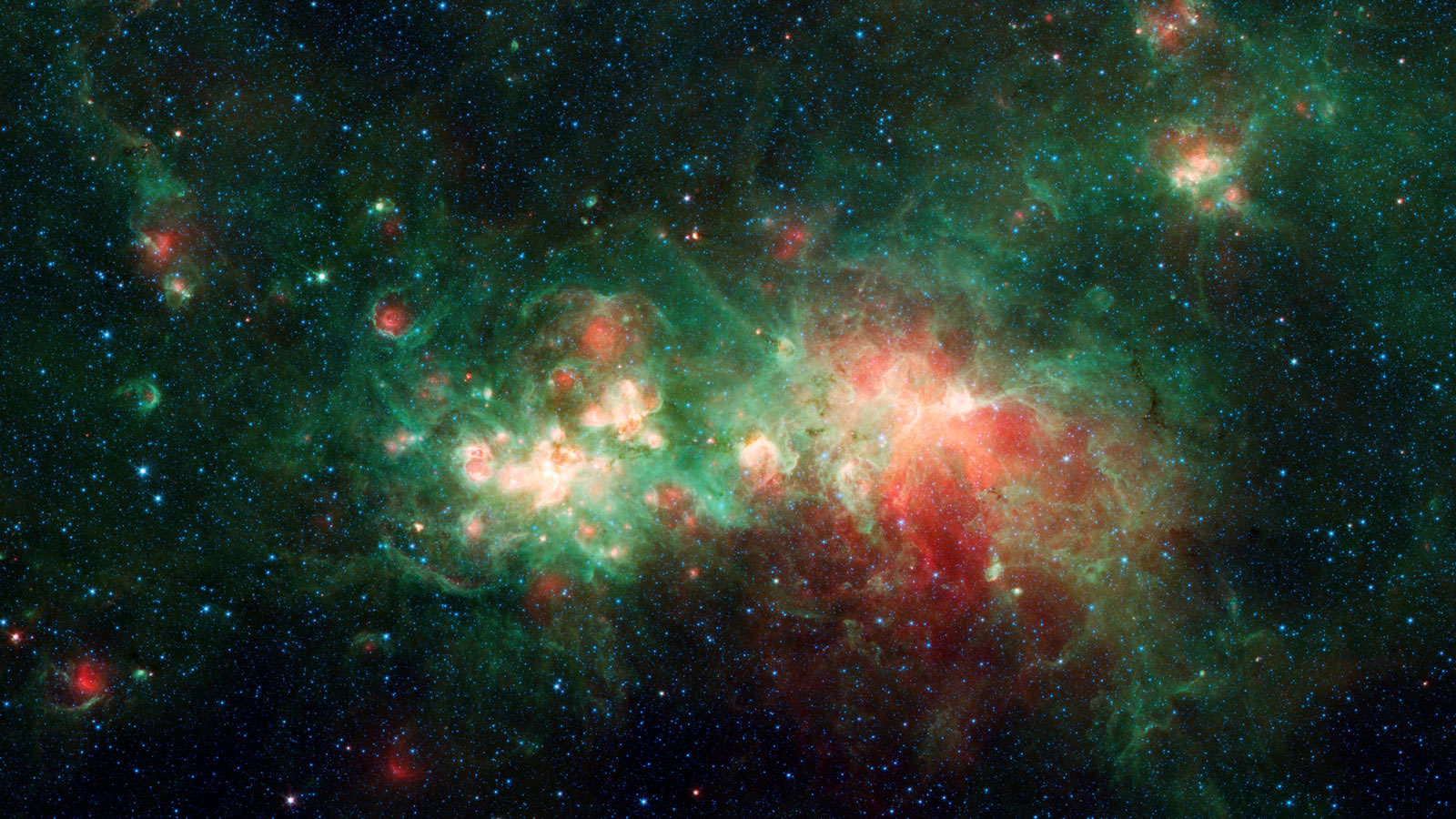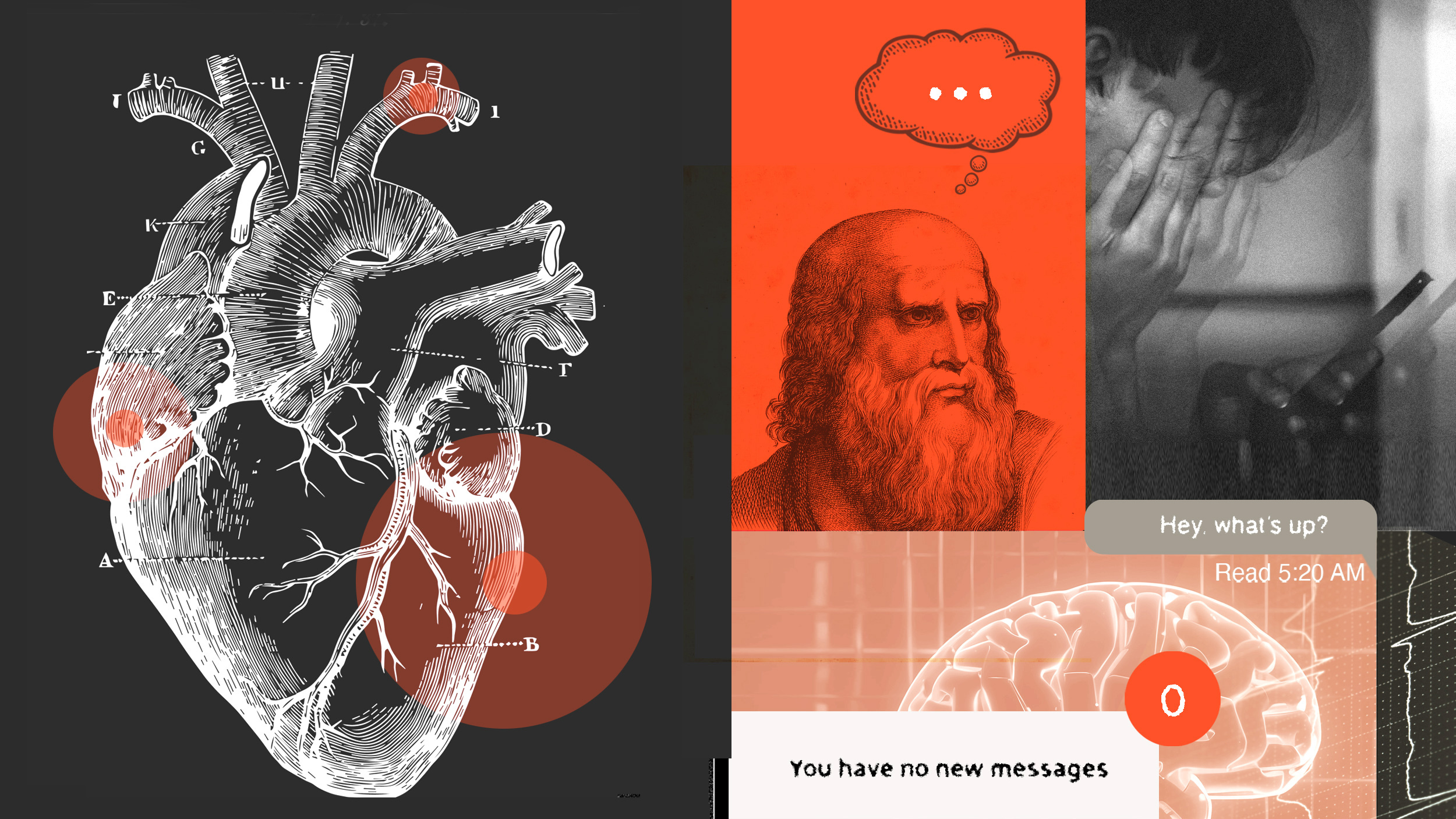Liberal Education, Leisurism, and Technologism

Here are some of the my reflections, based on more than three decades of teaching, on how to think about the place of liberal education in America. That place, for better and worse, is in our colleges and universities, where it has always been a fairly imperfect fit. If I can find the time, this will be one set of reflections among many.
Let me begin with the classical liberal claim, made by Aristotle, that knowledge and study are ends in themselves, and the greatest happiness is the contemplative life. We see evidence for the truth of this claim in the pure delight very young children experience in figuring out how things work and in learning the names for everything and everyone they can see for themselves. We see the purely nerdy joy of the theoretical physicist, who loses himself or herself in the pure act of discovering the order of nature. The truth is that the world in some sense is the home of the human mind. We were born to know.
But liberal education, of course, couldn’t be simply about losing yourself. It must be mainly about knowing who you are and what you’re supposed to do. Assuming that the cosmos is in some way the home of the human mind, the problem remains that the human person is not only or even essentially a mind. We are born to be both at home and homeless, and even to be at home with our homelessness.
We don’t really learn from Aristotle that the point of human life is contemplation. He just wants us to remember that contemplation is one point among many about being human. By identifying theoretical inquiry with contemplation, he makes it seem even more restful than it really is. He portrays contemplation as a kind of a respite from the activities of living a morally responsible and challenging life.
In the Bible, contemplation becomes more clearly part of every human life through the commandment to keep holy—or reserve for restful contemplation—the Sabbath. Nobody was created only to work, just as nobody was created only to contemplate. Without a place for contemplation—without understanding our “free time” as for civilized leisure, we wouldn’t be living as beings made in the image of the personal, loving, relational, creative logos who is God. We were made to both know and act out of love.
The objections we have to liberal education as contemplation are practical objections we have to the classical philosophy of the Greeks and Romans. One is its privileging of contemplation made ancient science unproductive or sterile. There was not enough thought given to directing minds toward technological goals, toward using them to improving the security, comfort, and freedom of ordinary people.
There is, of course, truth to this criticism, but it’s easy to see that we’ve gone from one extreme to the other.
We might be said to have moved from leisurism to technologism, to the view that equates knowledge with technological control and that every human problem has a technological solution. The Greeks and Romans might have underestimated or downplayed how much human beings could improve their situation through their own efforts, but our excess is to put too much faith in techno-perfectibility.
We put too much faith in what we can do for ourselves, and so we’re not grateful enough for what we’ve been given. Part of liberal education is learning that one’s very being is not in one’s own hands. So from one view, the opposite of liberal education is transhumanism. But from another, liberal education is the mean between leisurism and technologism.





